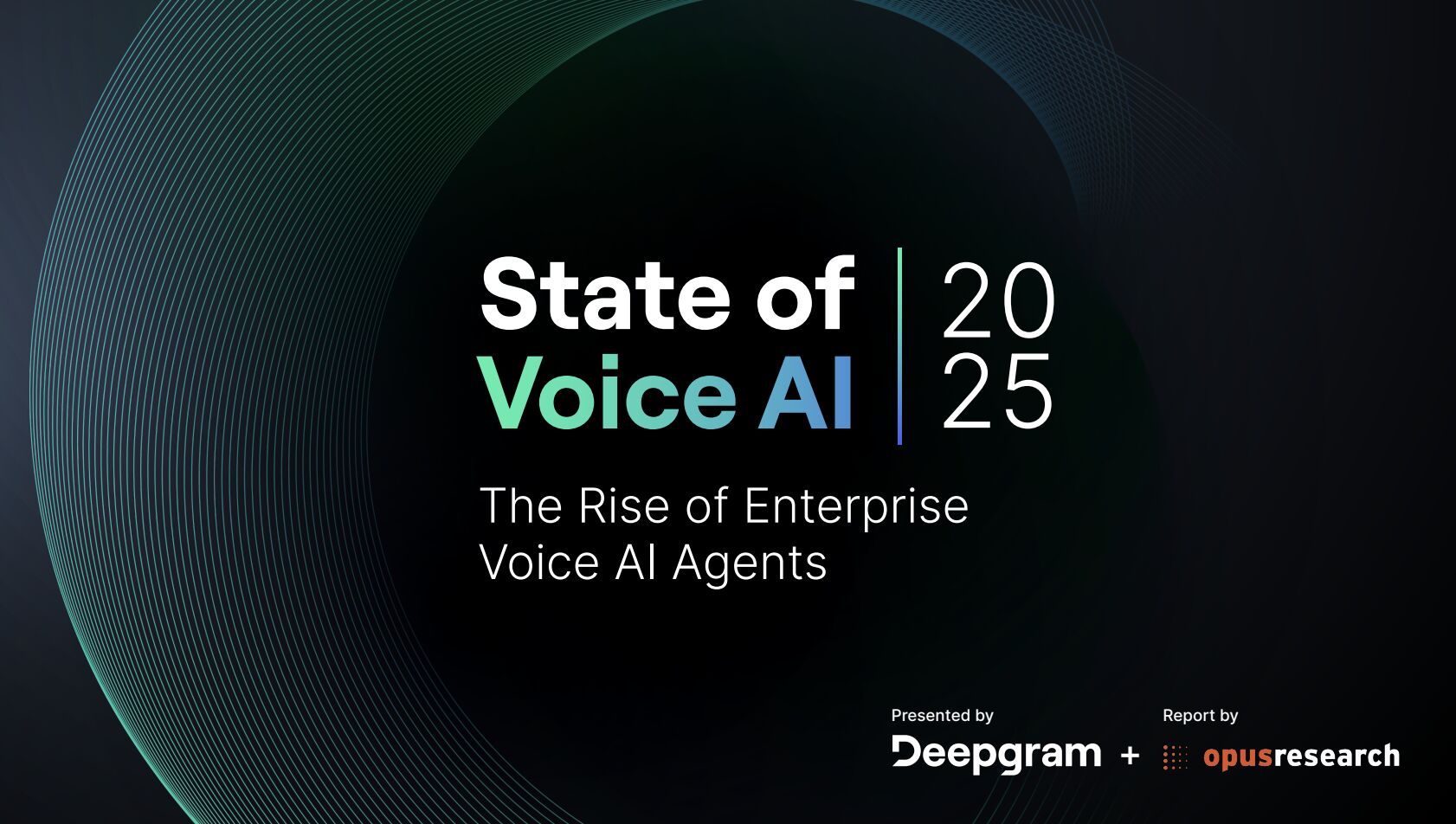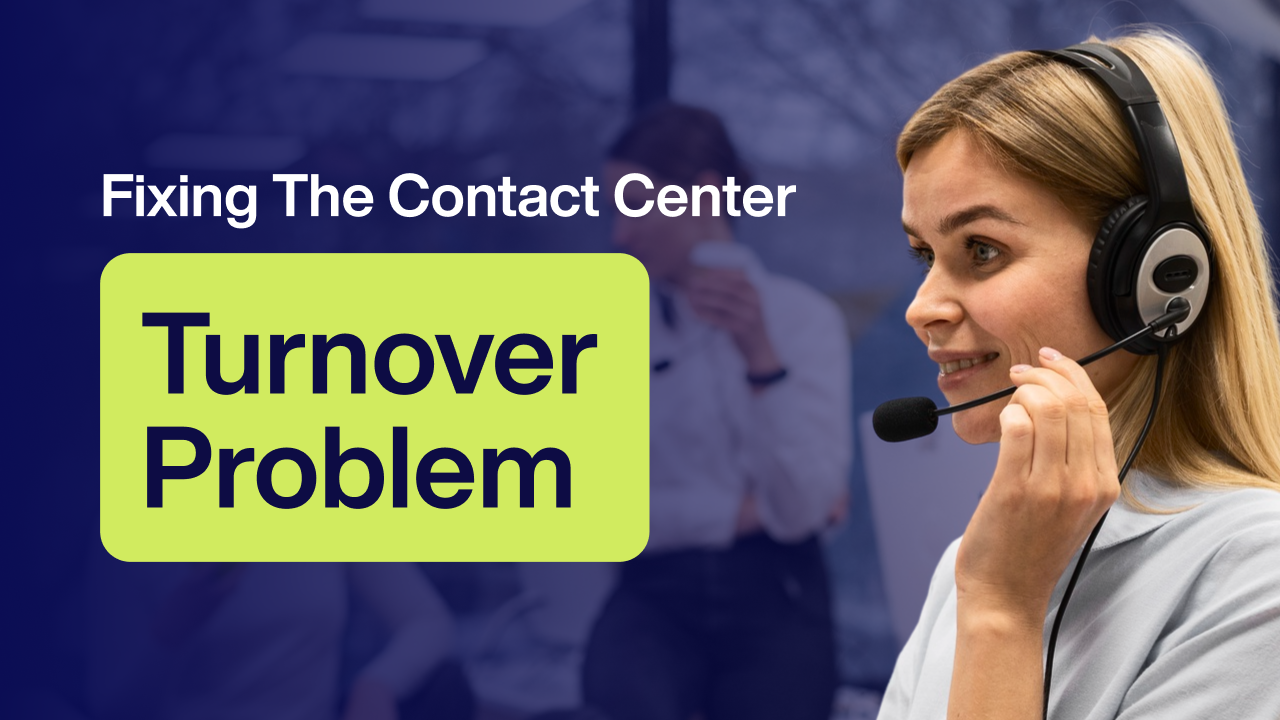Reducing Admin Burden in Clinics with AI Assistants

Introduction: The Hidden Cost of Administration in Healthcare
In community clinics and Federally Qualified Health Centers (FQHCs), time is everything. Yet, too often, highly skilled healthcare professionals are stuck behind screens—navigating clunky EHRs, chasing authorizations, coding encounters, and answering non-clinical queries. Studies show that for every hour spent with a patient, clinicians spend nearly two additional hours on administrative work (Annals of Internal Medicine, 2016).
This administrative burden doesn’t just cause burnout—it directly impacts patient care. Delays in charting and documentation reduce visit capacity. Manual data entry introduces errors. The result? Poorer outcomes and overwhelmed staff.
But now, AI-powered assistants are changing that story.
From automated charting to smart task routing and real-time documentation support, AI is quietly but powerfully relieving the pressure—freeing up clinicians to do what they’re trained for: care.
Clinics that have integrated AI assistants report up to 30–50% reductions in documentation time, improved staff morale, faster patient throughput, and increased revenue from optimized coding.
Let’s look at how AI assistants are making this shift possible—and where clinics are already seeing results.
1: Automating Documentation with Ambient AI
Key Process Feature: Streamlining Clinical Note-Taking
One of the most time-consuming tasks in a clinician’s day is documentation. Traditional note-taking often requires providers to either type as they speak with patients or try to recall everything at the end of the visit—both methods contributing to mental fatigue and errors.
Enter Ambient AI Scribes.
These tools passively “listen” to the patient-provider conversation (with consent), extract the relevant clinical information, and generate draft SOAP notes, summaries, and diagnostic codes in real time.
Example Tools:
- Suki reports a 76% reduction in documentation time
- Ambience Healthcare enables real-time note drafting inside the EHR
- Abridge offers medical conversations transcribed and summarized with ICD-10 tags
Impact:
✅ Reduces clinician burnout
✅ Improves accuracy and coding compliance
✅ Speeds up visit-to-note time from hours to minutes
One FQHC in California noted that after adopting ambient AI, providers finished notes before the end of each visit—cutting after-hours EHR work by 70%.
2: Smart Task Routing and Patient Communication
Key Product Feature: AI for Front-Desk and Patient Engagement
Administrative burdens aren't just clinical—they hit operations too. Staff spend hours per week handling scheduling, patient reminders, insurance verifications, and FAQs. AI assistants can now automate and optimize these workflows.
Use Cases:
- AI Phone Agents: Handle common queries like hours, directions, and appointment rescheduling
- Intelligent Scheduling Tools: Auto-fill open slots based on clinician availability and patient needs
- AI Front-Desk Bots: Assist with digital intake, insurance form validation, and follow-up communication
Example:
At a clinic in Ohio, an AI scheduling assistant reduced no-shows by 21% by sending smart reminders and nudging patients to reschedule rather than drop off.
Another example is Notable Health, which reported that FQHCs using their digital assistants saw 30% faster patient intake times and up to 20 hours of admin time saved per clinician per month.
3: Real-World Success Stories in Action
People-Focused Feature: Empowering Teams, Not Replacing Them
The fear around AI is often job displacement—but what clinics are seeing is something different: augmentation, not replacement.
Case Study 1: Community Health Center of Southeast Kansas (CHC/SEK)
Facing high staff turnover and burnout, CHC/SEK implemented an ambient AI scribe system in 2023. Within six months:
- Providers reported 2 extra hours/day reclaimed
- Quality scores on documentation increased 15%
- Staff satisfaction surveys showed a 30% boost in morale
The AI tool didn’t replace staff—it gave them breathing room.
Case Study 2: Hawaii’s FQHCs and AI-Driven Scheduling
Several Hawaii-based clinics partnered with an AI vendor to automate appointment booking and coordination between primary and behavioral health. Results:
- 40% decrease in scheduling-related phone calls
- 18% increase in follow-through for behavioral health referrals
- More time for front-desk teams to assist walk-ins and urgent cases
Key Takeaway:
AI works best when it’s embedded into workflows and empowers humans to do what machines can’t—empathize, decide, and adapt.
Conclusion: From Burden to Bandwidth—The Future Is Here (Approx. 200 words)
Reducing administrative burden isn’t a luxury—it’s a clinical imperative. When staff are bogged down by repetitive, low-value tasks, it creates ripple effects across the entire system: longer wait times, poorer documentation, lower morale, and preventable burnout.
AI assistants are offering a practical path forward.
By automating documentation, optimizing operations, and enhancing communication, these tools are giving clinics their most precious resource back: time.
But successful AI integration doesn’t come from flashy tools alone—it comes from thoughtful implementation:
- Align AI with real pain points
- Train staff and secure their buy-in
- Measure impact and iterate based on workflow feedback
The clinics already doing this aren’t waiting for some distant future—they’re experiencing results now: fewer errors, happier staff, better patient outcomes.
As one clinic director put it:
“We didn’t hire clinicians to be data clerks. AI gave them their profession back.”
Is your clinic still drowning in admin work?
Explore how AI assistants can reduce your team’s workload—and increase your clinic’s impact.
📩 Let’s talk: [Insert Contact or Demo Link]
📊 Or download our guide: “AI Use Cases in FQHC Operations”
No Spam —
Just Good Stuff.
Join our newsletter for actionable advice, insider knowledge, and strategies that drive real results.
No fluff, just value.
%20(1).png)

.png)



































































.png)
.png)
.png)



.png)
.png)
.png)
.png)
.png)
.png)
.png)
.png)
.png)
.png)
.png)
.png)
.png)
.png)
.png)
.png)









